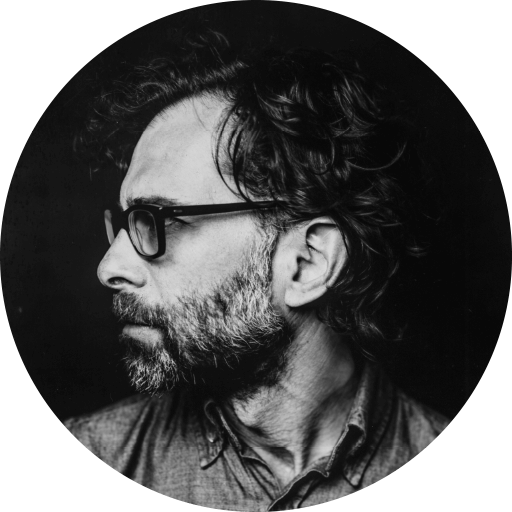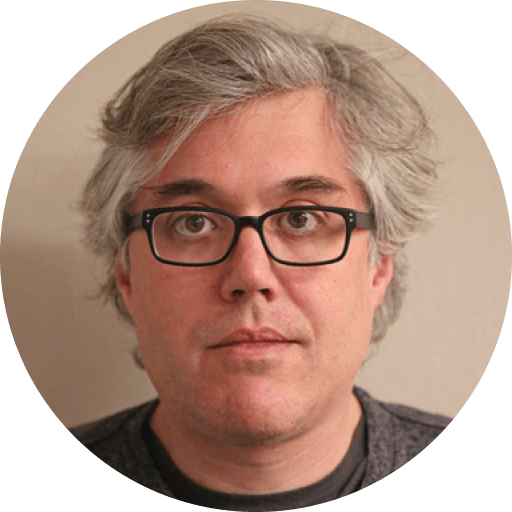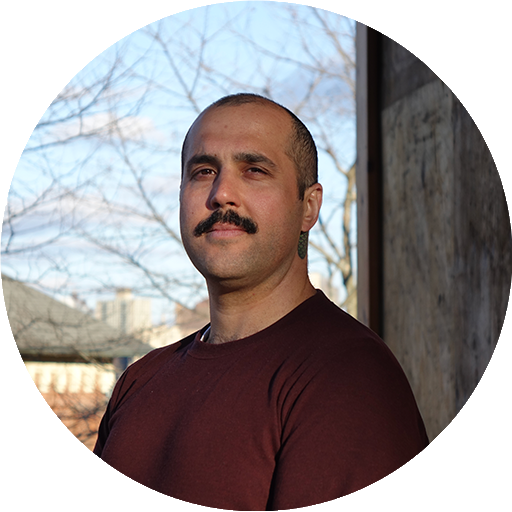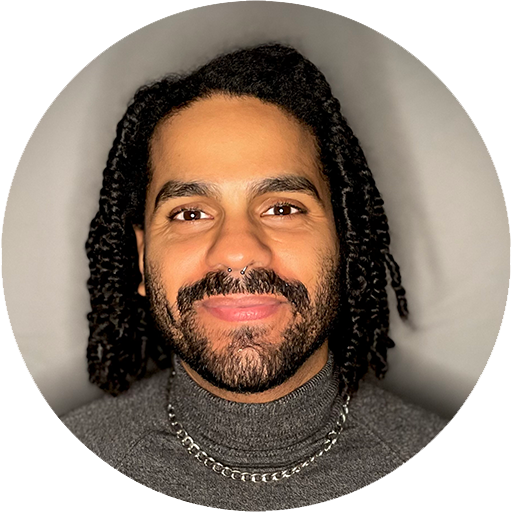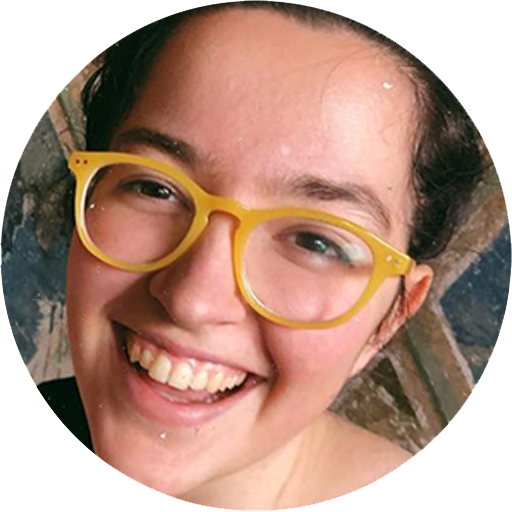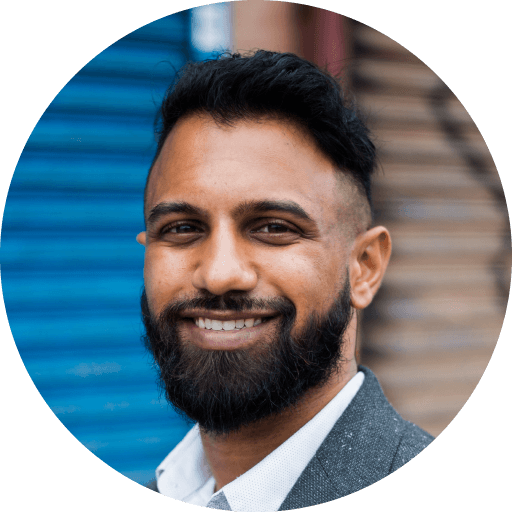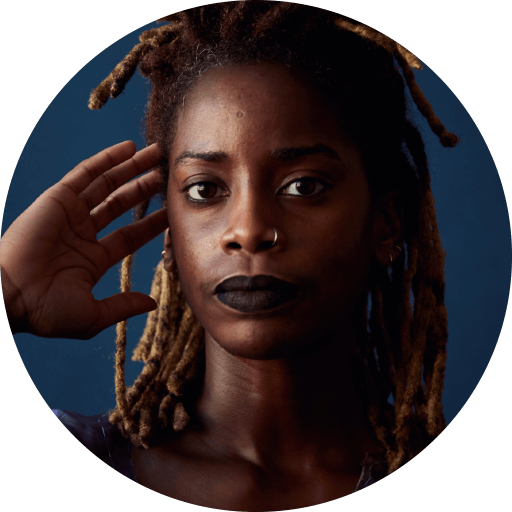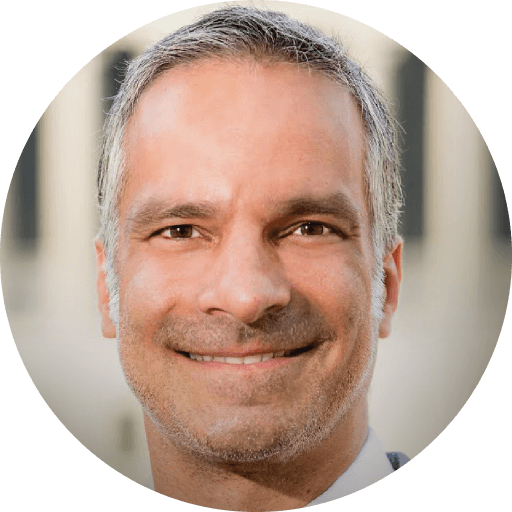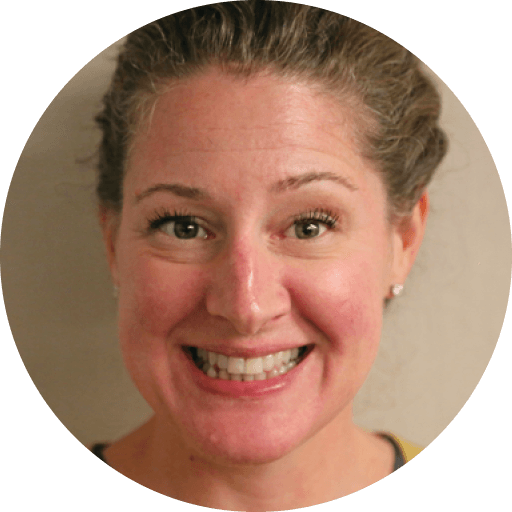A Choreographer Gives In to His Ambition of Recklessness
Gia Kourlas, New York Times
Gia Kourlas, New York Times
A couple of years ago, the choreographer Miguel Gutierrez found himself in a strange situation that really shouldn’t have been so strange: He was at a reception with a group of dance and performance artists, and the conversation was flowing — from Spanish to English and back again.
“I don’t know that I’ve ever had this experience of a bicultural moment within the experimental space of performance and dance,” he said. It’s not that that space doesn’t exist, he added, but “I hadn’t fully been in that context — it was a bit of a tectonic shift inside of myself.”
It also served as the catalyst for his new piece, “This Bridge Called My Ass,” for which he’s assembled a cast with two common points: They come from that experimental space. And their heritage is Latin American.
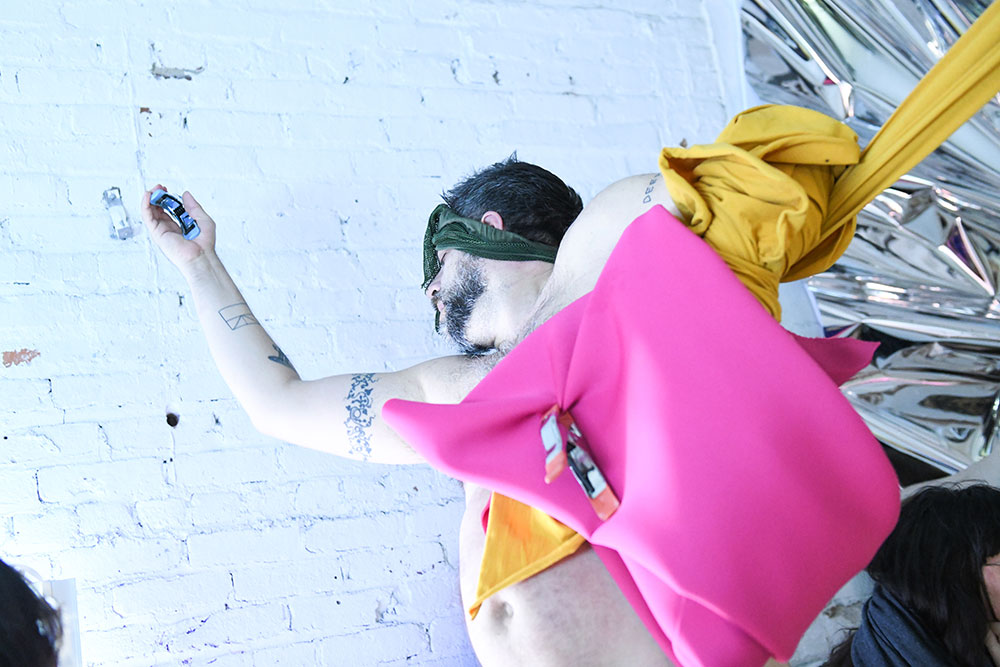
In “This Bridge,” Mr. Gutierrez, who is Colombian-American, explores how being a queer, bicultural, multilingual, first-generation immigrant relates to his experience as an interdisciplinary artist. Named after “This Bridge Called My Back,” an anthology of third-wave feminist essays and poetry by women of color, the production considers the metaphor of a bridge: How do all of his different sides meet?
The resulting work opens at the Chocolate Factory on Jan. 9 as part of American Realness, the annual festival, now in its 10th year, highlighting provocative new dance and performance works. “This Bridge” is an intimate spectacle: a mix of the untamed and the tactile, the sensorial and the formal. Along with Mr. Gutierrez, the cast features Alvaro Gonzalez, John Gutierrez (no relation), Xandra Ibarra, Nibia Pastrana Santiago and Evelyn Sanchez Narvaez. Stephanie Acosta, a Cuban-American artist, serves as its dramaturg and assistant director.
“This Bridge” even includes an over-the-top telenovela, or a Spanish soap opera, written by Mr. Gutierrez, which exaggerates his performers’ personalities.
“I turned Xandra — this amazingly wonderfully pervy queer Chicano artist — into a crazy, drunk villainous kind of figure, because there is always that person in these telenovelas,” he said. “Evelyn is like the court jester, the weirdo on the outside, and I’m the kind of dopey, hapless one who is asking questions and doesn’t understand anything.”
But what underlies “This Bridge,” Mr. Gutierrez said, is a consideration of something that has long piqued him: “the perception that artists of color are always doing content work” — dealing with identity politics — “and white artists are only doing form and line.” While he sees black artists examining this duality and their place in experimental dance, he said, “I don’t see the same wave happening with Latin American artists.”
Mr. Gutierrez, 47, started thinking about these issues when he was a student and discovered two formative books: “This Bridge Called My Back” helped him find a voice for his own rage and passion when he was part of the group Queer Nation; and Sally Banes’s “Terpsichore in Sneakers,” which chronicled artists from the 1960s collective Judson Dance Theater, got him pondering the perceived division in dance between identity and personal exploration on the one hand and abstraction and formalism on the other.
Using predominantly white casts in Europe changed everything. “We were playing with a lot of the same formal ideas,” he said, “but something else was coming up for me. It wasn’t that it didn’t work. It was just that I realized it felt like any investigation around abstraction or improvisation or form would probably just be read as that.”
He wanted to go deeper, and that’s when it hit him: “What it would be like to work with a group that was all Latin American?”
In the opening section, which is improvisation based, the dancers work with materials, including a ladder, stools and clamps, as well as pieces of fabric, which they drape over their bodies and carry throughout the space. At times, it really does feel like a bridge is being built and torn down over and over again. All the while, the dancers show their skin, their flesh, their sweat.
To Mr. Gutierrez, the pieces of fabric conjure different images, like color block painting and Brazilian Tropicália. “Sometimes they become boundaries,” he said. “Sometimes they become a shape of a discarded thing. There’s not a lot of reverence. It’s not like, ‘Oh this beautiful canvas.’ There’s even a tent city illusion.”
Within this painterly setting — Tuçe Yasak’s lighting manages to change the temperature from hot to cool — the performers generate and manipulate the sound. They move speakers. They stop it suddenly by closing a laptop. “Is it building, is it growing?” Mr. Gutierrez said. “Sometimes yes, sometimes no.”
In other words, in his creative world, nothing needs to be entirely concrete. “One of my big frustrations with dance is the way in which the image takes over the spontaneity or the possibility of its own collapse,” he said. “I’m interested in an ambition of recklessness.”

Ms. Acosta, the dramaturg and assistant director, is in the studio constantly. “This Bridge” is something that she hasn’t seen before, she said, both in terms of its cast and its subject matter. And then there’s the question of language.
“We’re a fully bilingual room at all times, and there’s a way in which that’s some of the subject, but it also does change how we work,” she said. “We’re usually translating ourselves. Here, there’s a freedom of code switching, and I think that lets everybody lean into their own personal experience. How did we get to this dance floor together? What does it mean for all of us to be together doing this work?”
It’s a fitting return for Mr. Gutierrez, who for the past several years has taken a break from presenting his work in New York, where he lives. “I was definitely burned out and having real questions about the trajectory of career and careerism and how it was playing out in my life,” he said. “I just wanted to put things on pause.”
He also wanted a relationship — he has a boyfriend now — something that didn’t seem possible in his life of residencies and touring. “And the dirty thing that starts to happen in your 40s,” he said, “is the sense that you have to really justify your continued relevance in the field.”
What brought him back into the fold was what many New Yorkers grapple with: “I had to pay the rent,” he said, with a laugh.
But there was something else, too. He was part of the creative team behind “Variations on Themes From Lost and Found: Scenes From a Life and Other Works by John Bernd” (2016), about the East Village choreographer and dancer who died of AIDS in 1988.
“That project was like serving an artist who I hadn’t realized was an ancestor of mine,” he said. “It was a very different kind of way of making something.”
Since he wasn’t the sole choreographer, he could breathe a little. It also made him realize, he said, that one place he’s happy is in rehearsal. “This is what I’m supposed to do,” Mr. Gutierrez said. “Sometimes I feel like I don’t even get to complain about it or I don’t get to decide that I don’t want to do this. It’s not about me. It’s my service.”
Gia Kourlas for The New York Times – January 6, 2018


